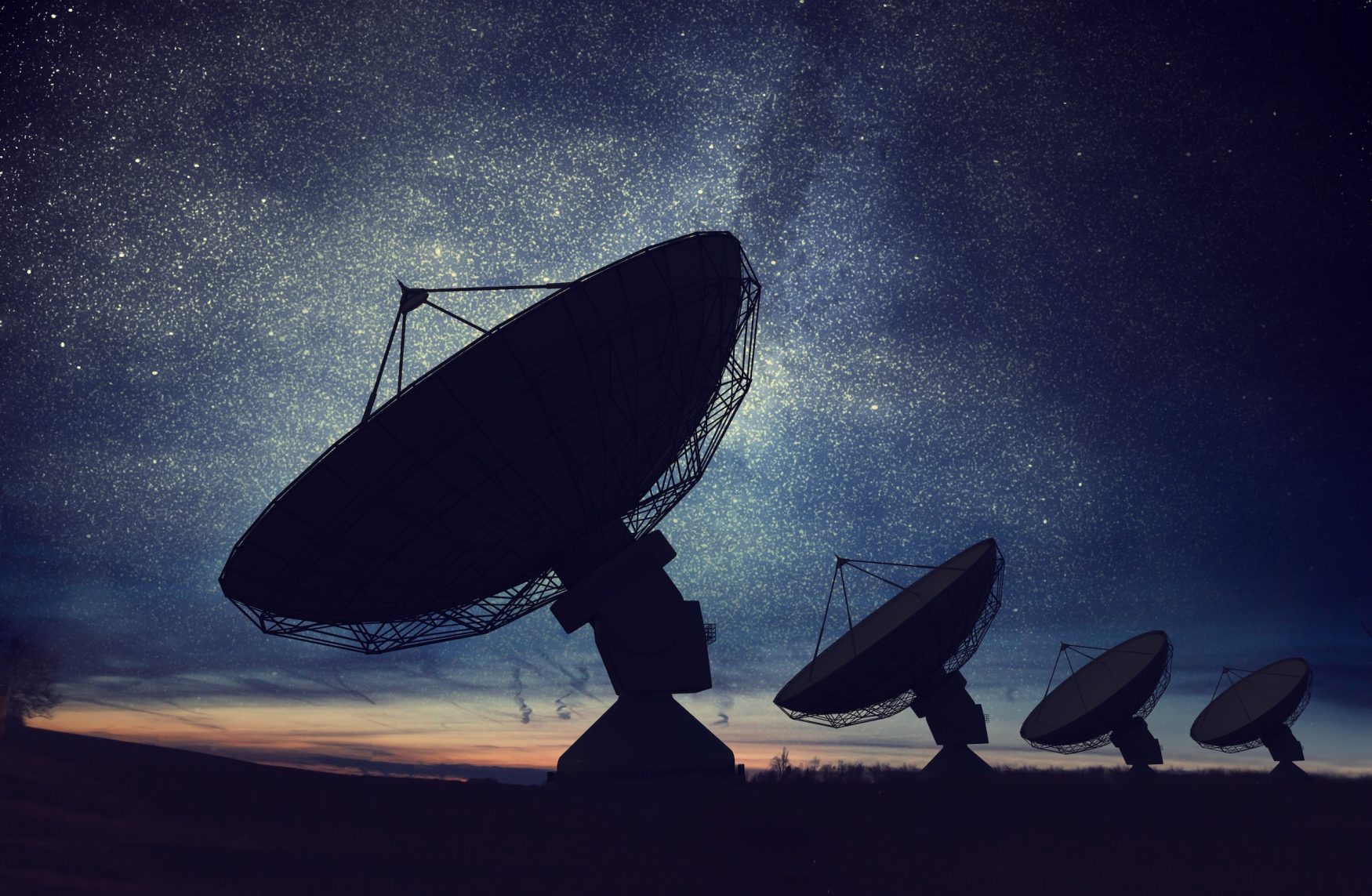
Dish Network Satellite Descrambler
A Dish Network Satellite Descrambler Provides Entertaining and Distracting Programing for the Purpose of Delivering Disinformation and Propaganda.
Your Dish Network satellite descrambler is an excellent example of elite and government control.
Powerful government officials, directed by global elites, select programing designed to alter Americans’ perception.
On September 12, 1939, the Council on Foreign Relations began to take control of the Department of State.
On that day Hamilton Fish Armstrong, Editor of Foreign Affairs, and Walter H. Mallory, Executive Director of the Council on Foreign Relations, paid a visit to the State Department.
The Council proposed forming groups of experts to proceed with research in the general areas of Security, Armament, Economic, Political, and Territorial problems.
The State Department accepted the proposal. The project (1939-1945) was called Council on Foreign Relations War and Peace Studies.
Hamilton Fish Armstrong was Executive director. In February 1941 the CFR officially became part of the State Department. The Department of State established the Division of Special Research.
It was organized just like the Council on Foreign Relations War and Peace Studies project. It was divided into economic, political, territorial and security sub-sections.
The Research Secretaries serving with the Council groups were hired by the State Department to work in the new division.
These men also were permitted to continue serving as Research Secretaries to their respective Council groups.
Leo Pasvolsky was appointed Director of Research.
Will Dish Network Satellite Descrambler Help You Figure this Out?
In 1942 the relationship between the Department of State and the Council on Foreign Relations strengthened again.
The Department organized an Advisory Committee on Postwar Foreign Policies.
The Chairman was Secretary Cordell Hull, the vice chairman, Under Secretary Sumner Wells, Dr. Leo Pasvolsky (director of the Division of Special Research) was appointed Executive Officer.
Several experts were brought in from outside the Department to serve as consultants.
The outside experts were Council on Foreign Relations War and Peace Studies members; Hamilton Fish Armstrong, Isaiah Bowman, Benjamin V. Cohen, Norman H. Davis, and James T. Shotwell.
In total there were 362 meetings of the War and Peace Studies groups. The Council’s wartime work was confidential.
What Good is Dish Network Satellite Descrambler?
In 1944, members of the Council on Foreign Relations and the War and Peace Studies Political Group were invited to be active members at the Dumbarton Oaks conference on world economic arrangements.
In 1945 these men and members of Britain’s Royal Institute of International Affairs were active at the San Francisco conference which ensured the establishment of the United Nations.
In 1947 Council on Foreign Relations members took part in a psycho-political operation forcing the Marshall Plan on the American public.
The Psy-op included an anonymous letter credited to a Mr. X, which appeared in the Council on Foreign Relations magazine Foreign Affairs.
The letter opened the door for the CFR controlled Truman administration to take a hard line against the threat of Soviet expansion.
George Kennan was the author of the letter. The Marshall Plan should have been called the Council on Foreign Relations Plan.
The so-called Marshall Plan and the ensuing North Atlantic Treaty Organization defined the role of the United States in world politics for the rest of the century.

 My First Amazing Ayahuasca Experience
My First Amazing Ayahuasca Experience  Pine Needle Tea
Pine Needle Tea  The REAL Controllers of Humanity: The Papal Bloodlines
The REAL Controllers of Humanity: The Papal Bloodlines  Is it Global Warming or Cooling?
Is it Global Warming or Cooling?  Gun Rights and Obama Examined
Gun Rights and Obama Examined